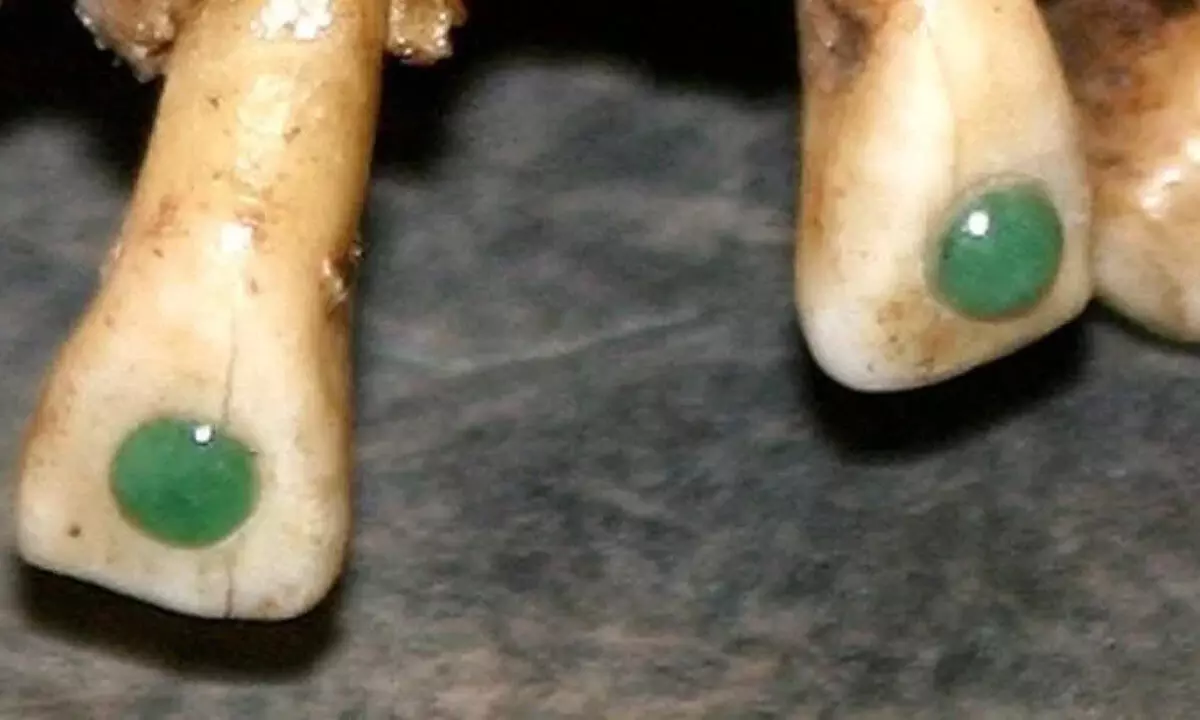New Research Showed Jewels In Maya Teeth

New Research Showed Jewels In Maya Teeth
- Through investigation and studies, it was evident that male or female, wealthy or poor, it indicates that many young adults went to the dentist to have their teeth embedded and filled with jewels
- Archaeologists believe the cement-like substance was utilised for more than just water-repelling adhesive because of the rich blend of organic material.
People in Mesoamerica were flashing grins encrusted with jade, turquoise, gold, jet, or hematite jewels long before Europeans were filling their cavities with gold. Through investigation and studies, it was evident that maleor female, wealthy or poor, it indicates that many young adults went to the dentist to have their teeth embedded and filled with jewels, valuable stones, or minerals when they were adults.
The inlays were likely to endure a lifetime and have spiritual significance. However, dental bling may not have been solely cosmetic at the time. New research on the gem-gluing cement employed by the Mayas has revealed a few potential sanitary and medicinal characteristics.
Archaeologists believe the cement-like substance was utilised for more than just water-repelling adhesive because of the rich blend of organic material.
However, it's possible that the early adult attachment of tiny stones to incisors and canines was followed by some cavity protection.The drilling to place these stones into the tooth was done so carefully that the pulp, nerves, and blood arteries in the centre were rarely harmed.
The findings of the study ancient teeth originated from three Maya archaeological sites in Guatemala, Belize, and Honduras, and the people who wore them did not appear to come from a wealthy family.
Researchers discovered 150 chemical compounds that are often present in plant resins in the sealants utilized to adhere jewels to teeth. Each sealant compound had a slightly varied ingredient list depending on where the tooth originated from on the Yucatan peninsula, but the core ingredients were generally the same.
The majority of dental cements contained chemicals linked to pine tree tar, which are known to have antibacterial qualities. Sclareolide, a plant component with antibacterial and antifungal characteristics, was found in two of the eight teeth. It's also employed in the perfume industry because it has a pleasant scent.
The sealants contained a lot of essential oils from mint plants, which could have anti-inflammatory properties.Furthering, theresults aren't completely unexpected. There are numerous lines of data that the ancient Maya took dental hygiene carefully. People in this culture polished their teeth on a regular basis, and if decay developed, teeth appeared to be extracted.
Next Story

















